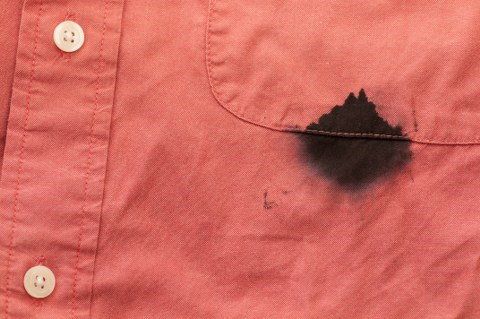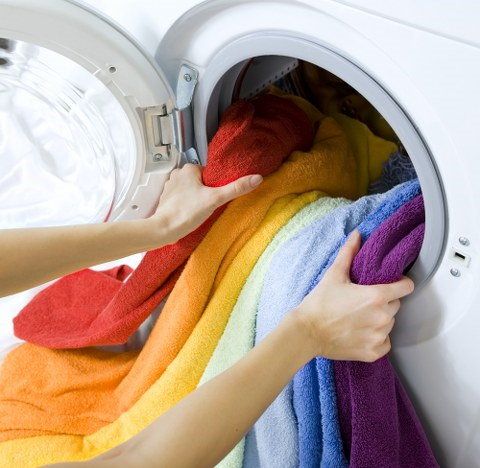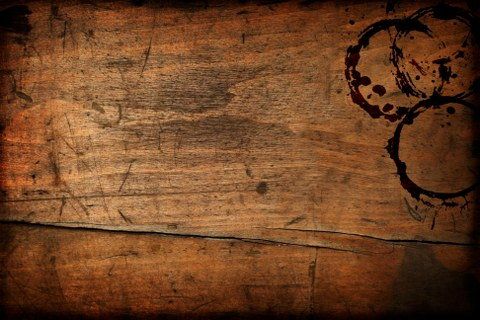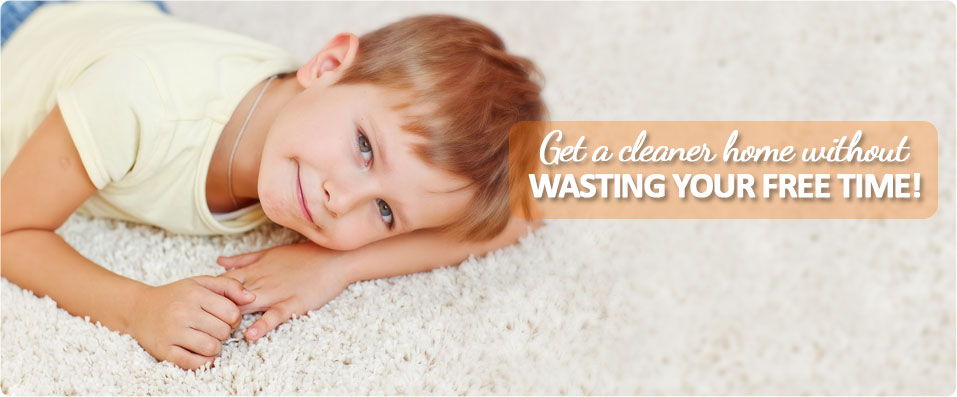How to Clean Ink Stains
Posted on 13/10/2015
Effectively Ink Stains Cleaning

Have you heard the saying that spoken words are easily forgotten, but written ones last forever? Well, it may not necessarily have to be forever, especially if the writing takes the form of an ink stain on your clothes or elsewhere. Accidents like that do occur sometimes, especially with little children around. You’d be surprised to find out what areas of homes around the world have been victims of ink stains due to children.
Effectively cleaning ink stains is often a question of acting fast and not letting the ink set in. What you need to do first is consider what type of material has been stained, as to how you act depends on that. Successful cleaning service is easy when you know what to do. Read on the following tips to learn some effective ink stain removal methods and techniques for removing ink from the following surfaces:
- Washable fibres - such as cotton, nylon, olefin, spandex, polyester and linen. What you can use to get ink off such fabrics is a light coat of hair spray, which should loosen the stain. After that, soak the item in a mix of 1 tablespoon vinegar, half a spoon of dishwashing detergent and a quart of warm water. Keep in the solution for 30 minutes. Rinse and let the item dry out. If the ink stain is not removed, use rubbing alcohol and absorbent pads to remove the stain. Should the stain persist, mix another solution with a quart of warm water, half tablespoon dishwasher and 1 tablespoon of ammonia. Soak the item in this solution and rinse. Such a cleaning service should be enough.

- Non-washable fibres - such include burlap, acetate, fibreglass, silk, wool, rayon, synthetic and wool carpets and more. Start by sponging the stain. This means using light strokes with a damp pad. Use nothing but water and work from the centre outwards. You can also apply some hairspray but include a few drops of vinegar and wet spotter. Let it sit for 30 minutes but blot the stain every 5 minutes with a clean absorbent pad during this period.
- Delicate surfaces - such as marble and alabaster. First, dip a sponge in warm sudsy water and wipe the surface gently. Rinse and wipe dry. Damp an absorbent pad with rubbing alcohol if the stain persists. Alternate rubbing alcohol with ammonia for the best cleaning service.

- Soft surfaces - these include ceramic, glass, cork, porcelain, vinyl clothing and wallcoverings. The way ink stain removal works with such surfaces is by applying an all-purpose cleaner. In case of more persistent stains, cover the area with ammonia compress. Rinse after that and wash with warm sudsy water.
- Wallpaper - if your children have used your walls as a canvass for writing and drawing, don’t panic. A soft eraser does a great job in removing ink stains. Just be careful not to tear the paper. In case the stain persists, use sponge or cloth dipped in cool water to wipe the stained area.
- Suede and leather - this is perhaps the hardest material to clean ink from. Still, you can try specially developed products to get the stain off, or alternatively consult with professional cleaners.

- Wood surface - the first thing you should do is to create a lot of suds with hot water and dishwashing detergent. Gently wipe the stain with a clean cloth and rinse with a clean cloth. In case the stain remains on the surface, use super fine steel wool and liquid wax. Know that this will remove a fine layer of the wood surface so be prepared to wax or polish afterwards as soon as possible.
Follow these techniques to get ink stains off the described surfaces. You will notice that sometimes the problem looks worse than it actually is. By using the described methods, you can successfully deal with ink stains and see the items as good as new again.







